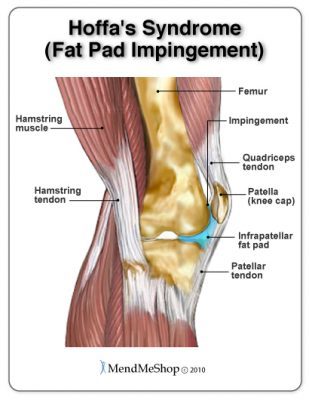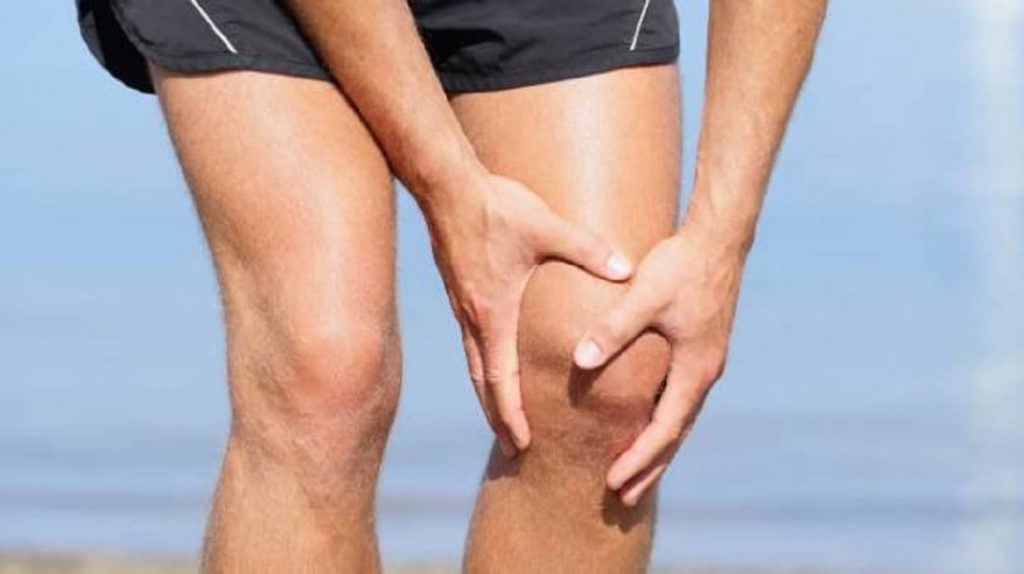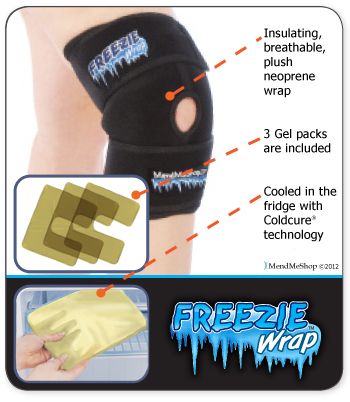Fat pad Impingement , is a problem which affects one of three pads of fatty soft tissue that lies under the kneecap (patella) and leads to pain at the front of the knee. The Hoffa’s fat pad acts as a protective cushion, which separates the kneecap from the shin and thigh bones, protecting the condyle of the femur from being hit by the patella in the case of a direct blow to the kneecap. The fat pad contains many nerves, and at the time of injury, one experiences extreme knee pain. A person’s hip and/or knee alignment can cause the fat pad to become irritated and impinged.
Fat Pad Impingement (Hoffa’s Syndrome)

What is it?
What Causes Fat Pad Impingement?
Numerous factors may lead to the impingement of the fat pad. The most common causes include:
- Tight Quadriceps
- Anterior Pelvic Tilt
- A Severe Impact To The Front Of The Knee
- Scarring And Successive Hardening Of The Fat Pad
- History Of Osteoarthritis That Affected The Knee
- Extreme Extension Of The Knee Also Known As Genu Recurvatum

People Likely To Suffer From Fat Pad Impingement
- People who engage in sports or activities where a forceful blow to the knee is highly likely such as hockey, martial arts, football, soccer, and rugby.
- People who have suffered from an anterior cruciate ligament (ACL) injury. An ACL injury decreases the stability of the knee, which makes the fat pad more prone to impingement.
- People who have had a history of hyperextension in the knee area.
- People suffering from Iliotibial Band Syndrome (overuse injury of the connective tissues that are located on the outer thigh and knee).
- Runners who have flat feet (also known as excessive pronation) or have muscle weakness/imbalance around their hip muscles.
Symptoms Of Fat Pad Impingement
- Pain When Extending The Knee
- Pain After Walking In High Heels
- Pain After Walking, Kicking, Climbing Stairs Or Squatting For Long Hours
- Knee Pain Especially On The Front Of The Knee, Just Below The Kneecap (Infrapatella Pain)
- Inflammation And Swelling On The Kneecap And Below The Kneecap
- Pain After Standing On Hyperextended Knees For Extended Periods
The symptoms stated above are not a definite indication that one is suffering from fat pad impingement. These symptoms are also characteristics of other knee conditions such as patellofemoral joint pain syndrome and patellar tendonitis. It is therefore advisable to visit the Physiotherapist for a more in-depth examination and accurate diagnosis.
Fat Pad Impingement Diagnosis
After visiting a physiotherapist for examination, they will conduct various tests to determine if one is suffering from fat pad impingement. One of the tests they will carry out is the Hoffa’s test that involves contracting the quadriceps muscles and then moving the kneecap. A doctor may also consider using an MRI (Magnetic resonance imaging) to check for fat pad impingement.

Treatment
Knee pain treatment includes:
- Use cold therapy or apply ice to the knee to reduce knee pain and inflammation. Application of the ice should not be directly on the skin to avoid skin burns. Instead, one should wrap the ice in a tea towel or use recommended knee wraps.
- Rest and avoiding activities that may strain the knees is another way of treating the condition.
- A physiotherapist may also use electrotherapy such as TENS and ultrasound to treat fat pad impingement.
- A patient should also carry out exercises that strengthen the knee muscles. The exercises should not cause excessive strain to the knee. These will be prescribed to you by your physiotherapist.
- Taking anti-inflammatory medications prescribed by the doctor.
- Taping the kneecap is also an effective treatment for treating the condition since it helps create more space for the fat pad, therefore minimising the stress on it.
- In some scenarios a steroid injection to the knee may be considered to help reduce inflammation and pain.
In some exceptional cases where conservative methods fail, then surgery may be advised. Surgery may involve complete or partial removal of the fat pad.
How To Prevent Fat Pad Impingement
The most appropriate way of preventing cases of fat pad impingement is through the stretching and strengthening the muscles around the hip, ankle and knee area. The physiotherapist will provide the appropriate exercises needed to stretch and strengthen these muscles. People should limit or avoid walking in high heels to prevent further injury to the fat pad.
How Long Till I Get Better
With the different therapies available to treat this condition, one should notice results within 2-4 weeks. However, it is all dependent on how diligent you are with the treatment. The more meticulous a patient is with the treatment, the sooner they will see favorable results.

New Client Offer - 10% OFF
Are you in pain? Not sure if we can help you?
Book your initial appointment and receive 10% off any service!